A whetstone is a block or stone you use to sharpen a knife’s edge. Your kitchen knives require maintenance to get the quality cuts and slices needed for mouthwatering meals. A whetstone, sometimes known as a “stone,” is an excellent method to reshape your blade’s edge for high-quality sharpness.
A dull knife can be dangerous because it will require extra effort that can lead to slipping or unwanted slices. That is why learning how to test knife sharpness is a good idea, so you get the predictability of a well-sharpened edge.
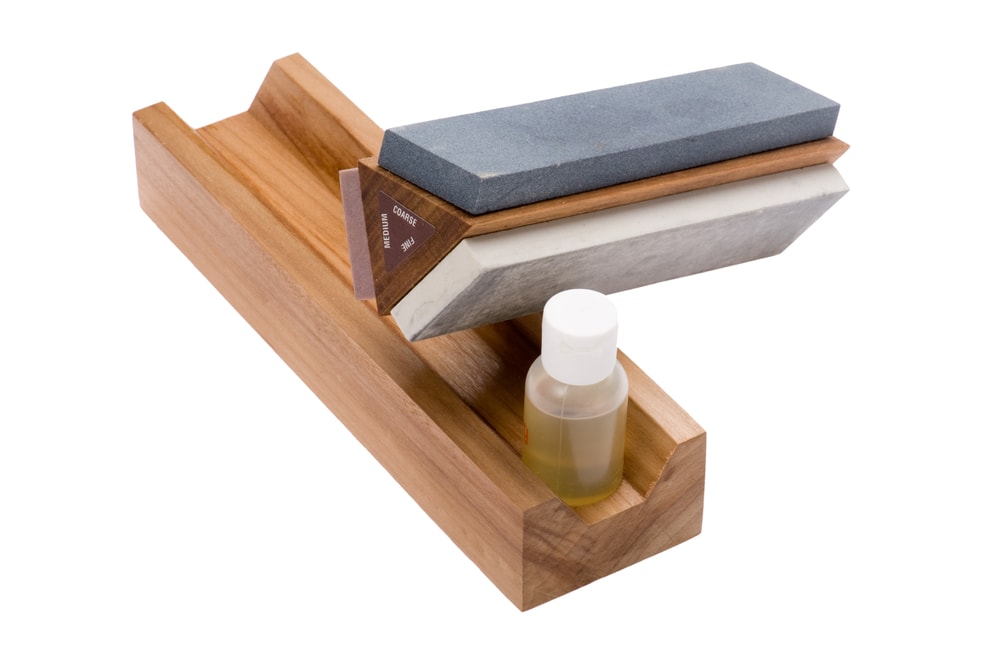
Is it Good to Sharpen a Knife with a Whetstone?
In general, whetstones are a perfectly acceptable method of sharpening a kitchen knife. Your goal is to hone the blade and not grind away materials. You want to reshape the edge, and a whetstone can do this, especially when oil is used as a lubricant.
Pros:
- According to the bevel, excellent control over the angle you are hoping to achieve on your knife.
- Shaves off little to no materials, depending on the type of whetstone you are using.
- A well-sourced whetstone will not be rough to damage your knives.
Cons:
- The only way to get good with a whetstone is to do it repeatedly. This is not an easy-to-master skill without time.
- You have to use a form of liquid to prepare the whetstone for sharpening.
- A poor-quality whetstone can remove materials from the edge of your stone.
Tools for the Job
Here are a few items you’ll need for sharpening a knife with a whetstone. These are in no particular order.
- The dull knives you wish to sharpen
- A quality sourced whetstone
- A small sink or tub to soak the whetstone
- Oil or other appropriate liquid for a lubricant
- A microfiber cloth for when you are done
- A kitchen towel
- Angle guide (optional)
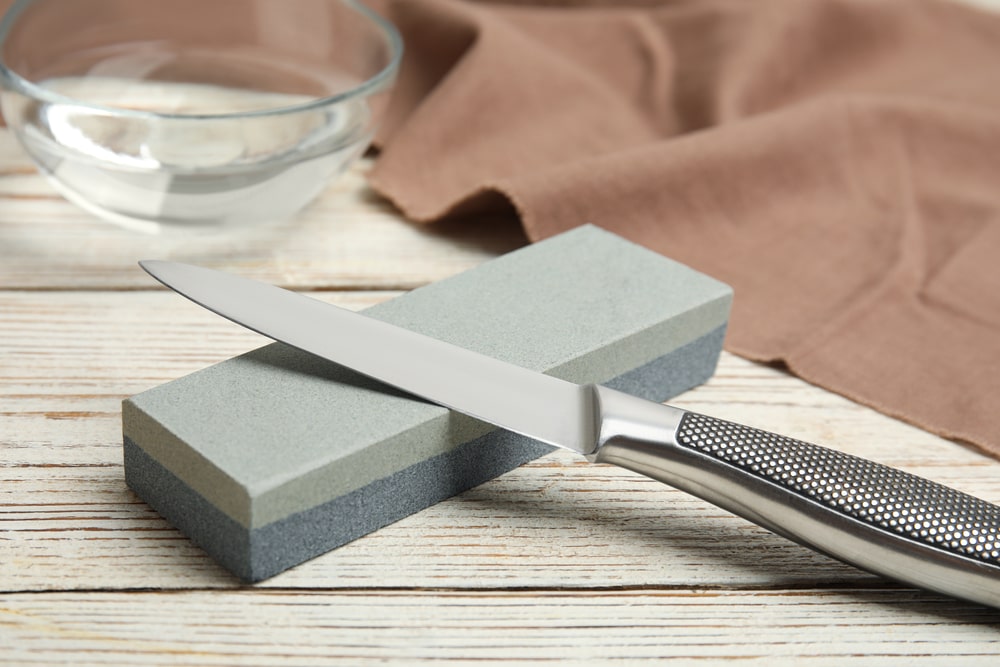
Steps to Sharpen a Knife with a Whetstone
Take your time with this process, as you do not want to risk cutting yourself or damaging your kitchen knives.
- Decide on a coarse whetstone (for dull knives) or a fine grit whetstone (for sharper blades).
- Soak the whetstone for about 15 – 20 minutes (5 minutes for a fine grit whetstone) in water.
- Pick up your whetstone and place it in the center of a towel that has been folded on a flat workspace. This is when you would use your optional angle guide at the bottom of the whetstone surface.
- Place your knife on the whetstone diagonally, so the tip is at the top left corner of the stone. Place two fingers at the tip and hold your knife around a 20-degree angle, then slowly and firmly drag the tip towards yourself.
- Release and repeat down the length of the blade until you get the sharpness you desire. Depending on how dull it was to start, you’re probably looking at least 10 strokes per side or more. You should feel a burr on the knife’s edge when you are close (using a coarse grit) to being done.
- Flip the knife and repeat the process. This time place the tip of the blade at the bottom right corner and drag it away from yourself.
- Repeat the sharpening strokes.
- Wash and dry your knife using the microfiber cloth to remove any leftover metal remnants.
- Test your blade out on a tomato or another method to ensure it is the correct amount of sharpness.
Best Whetstone for Knife Sharpening
If you are unsure where to begin using a whetstone for your knife sharpening needs, we suggest picking up the Wusthof Gourmet Tri-Stone Sharpener. This is actually 3 different whetstones in one package, including:
- Coarse (240#) Stone
- Medium (1000#) Stone
- Fine (3000#) Stone
There is also a useful little empty container for storing the oils you prefer to use for sharpening and a wooden tray to hold everything together. You may still want to use a towel under the tray just to be sure nothing moves.
Pros:
- Highly convenient with 3 different sharpening stones and a small container for oil.
- It comes with a premium wood tray to hold everything together.
- Allows for complete versatility in the kitchen with any knife that needs attention.
- Great for beginners.
Cons:
- Stones may slide off if dropped repeatedly.
- Takes a bit of time for the wood and stones to dry completely after use.
- Mainly meant for beginners or home kitchens.
Alternative Tools for Sharpening a Knife
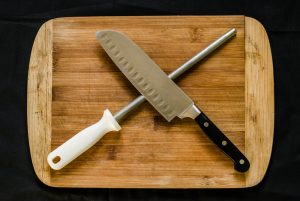


Other tools often pop up in conversations about keeping your kitchen knives sharp. These include using an electronic or handheld sharpener, honing steel, or even a Dremel tool. The goal is to reshape the edge and not harm the longevity of your blades, so the best solutions are honing steel or a whetstone.
In all cases, you want to be exceptionally careful and learn the skill of sharpening your blades over time. Don’t rush and accidentally cut anything. Be patient, and you will find a natural affinity for finding the best sharpness over time.
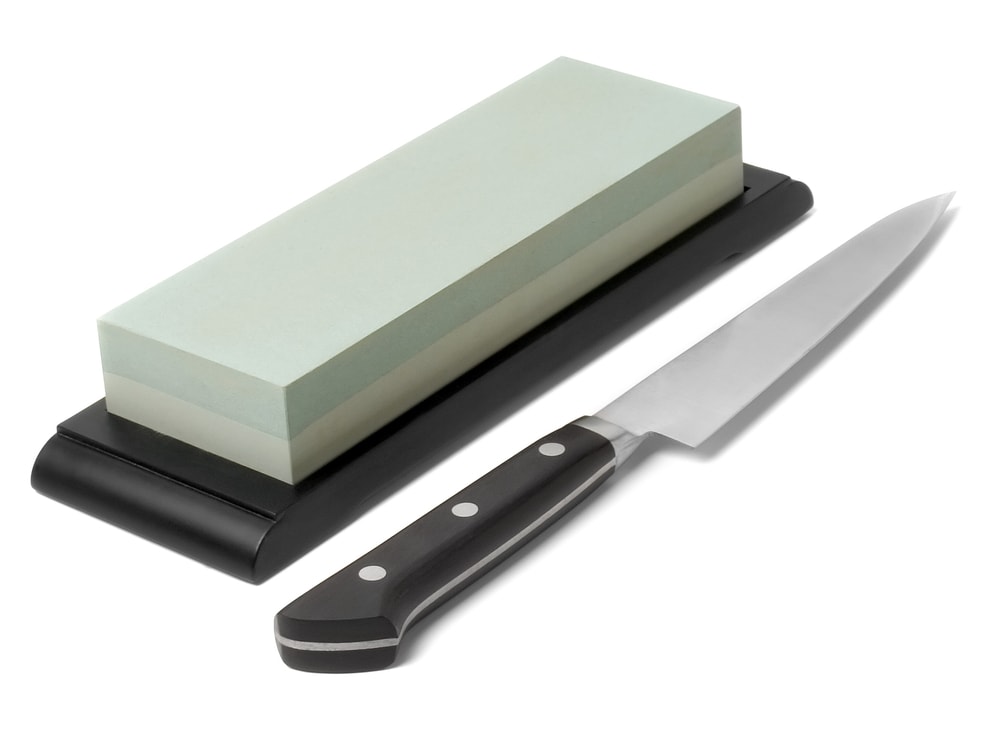
Conclusion
Having the right tools for any job is critical to success. The same is true for keeping your kitchen knives sharp, so you can get a quality cut or slice when you need it most. This ensures the safety and quality of ingredients when it comes time for cooking. Using a whetstone to keep your blades sharp is a good alternative. With a bit of practice and the proper grade of coarseness, you can get a high-quality outcome from using a whetstone in your kitchen. Good luck, and be safe!

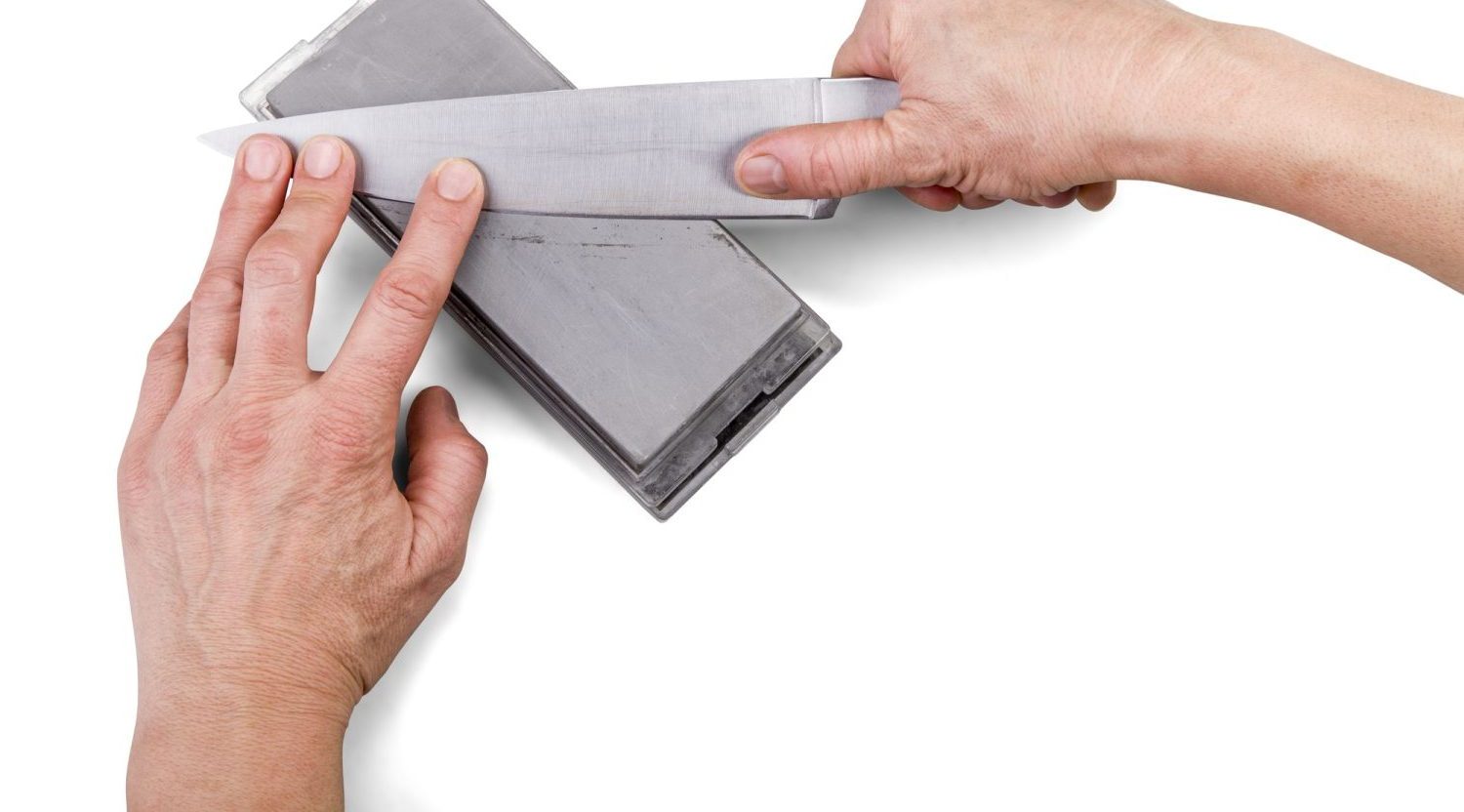


Post Your Thoughts